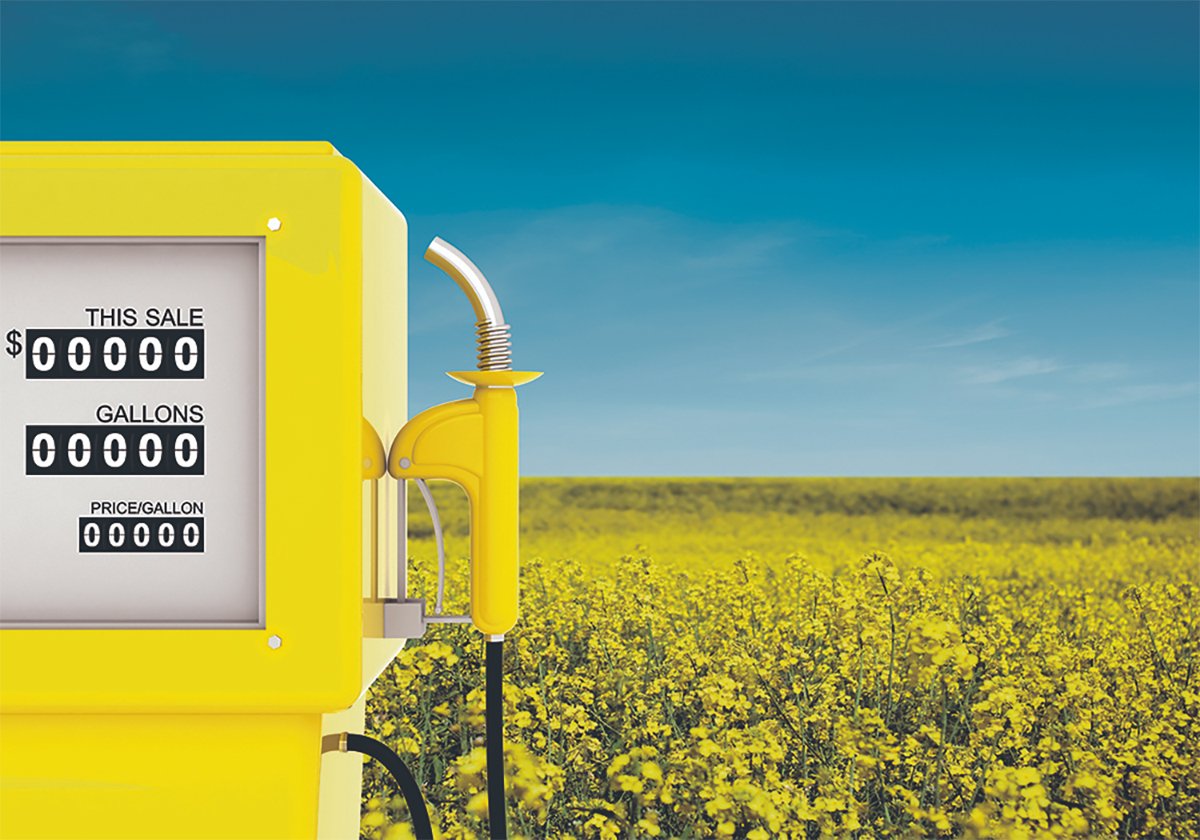The worldwide oil price fire has ignited agricultural markets and farmers could cash in on a global hunger for energy, analysts say.
“Finally, you can start to feel it,” said Union Securities broker Ken Ball.
“Corn and soybean oil are the markets where the undercurrent of energy can be felt. You can certainly see it in the corn and bean markets, and it’s starting to trickle into the other commodities.
“Seventy-dollar crude oil. It’s a very powerful force.”
But deciding which crop offers the best chance for pocketing the energy dollar is not easy.
Read Also

Biofuel sector happy with federal budget
Advanced Biofuels Canada says new Biofuel Production Incentive is a lifeline until CFR amendments are in place.
The two biggest prairie crops of wheat and canola are affected by the strong new demand for agricultural-based energy products, but each is connected to a different fuel product and different production industries.
Ethanol is generally made from cereal grains such as wheat and corn. There are dozens of large plants in the United States turning cereal grains into ethanol, and more are being planned or built.
In this coming year, up to 20 percent of the U.S. corn crop may be used for ethanol production.
Biodiesel is made mainly from oilseed crops like soybeans and canola. Little biodiesel is now made in North America, but many large plants are under construction and others are planned.
Which offers the better play, cereals or oilseeds? To North Dakota marketing adviser Mike Krueger, it’s an easy pick: cereals.
“There’s no question that corn and wheat have significantly better outlooks, at least on paper, than do soybeans and oilseeds,” said Krueger.
Corn and wheat supplies are projected to fall in the next year, but soybean supplies are expected to remain about the same, he said. Unless a big weather problem occurs in soybean production, supplies could actually increase, which would likely depress prices.
“The only thing that’s held those oilseeds markets together (recently) has been the super-strong energy markets,” said Krueger.
For now, biodiesel is just a potential upside.
“Once biodiesel production kicks in, it will kick in radically, but that might not happen for more than a year,” said Krueger.
Soybean and canola prices may, therefore, be a house of cards that will fall if that new demand does not materialize until 2007-2008.
But corn demand is real.
“The amount of corn being consumed by ethanol is increasing much more than people expected even just a year ago,” said Krueger.
“It’s happening. It’s right in front of everybody. It’s there every day.”
But to Ball, soybeans and canola may have more potential than cereals because of the unknown impact of biodiesel. Rather than being already factored in, Ball thinks much of the coming biodiesel demand is still not in prices, but that may change. Recently there have been signs that commodity fund money has been flowing into canola – the most prized biodiesel feedstock – and that could lead prices higher.
For a farmer who doesn’t need to sell right off the combine, the slowly evolving biodiesel demand isn’t necessarily a bad thing. That’s what grain bins are for.
“Consider that you can grow canola and hold it at least six months. This year’s canola can stretch right into some interesting times,” said Ball.
Both Ball and Krueger agree that new demand for soybeans and canola will appear in 12 to 18 months and that will boost prices.















